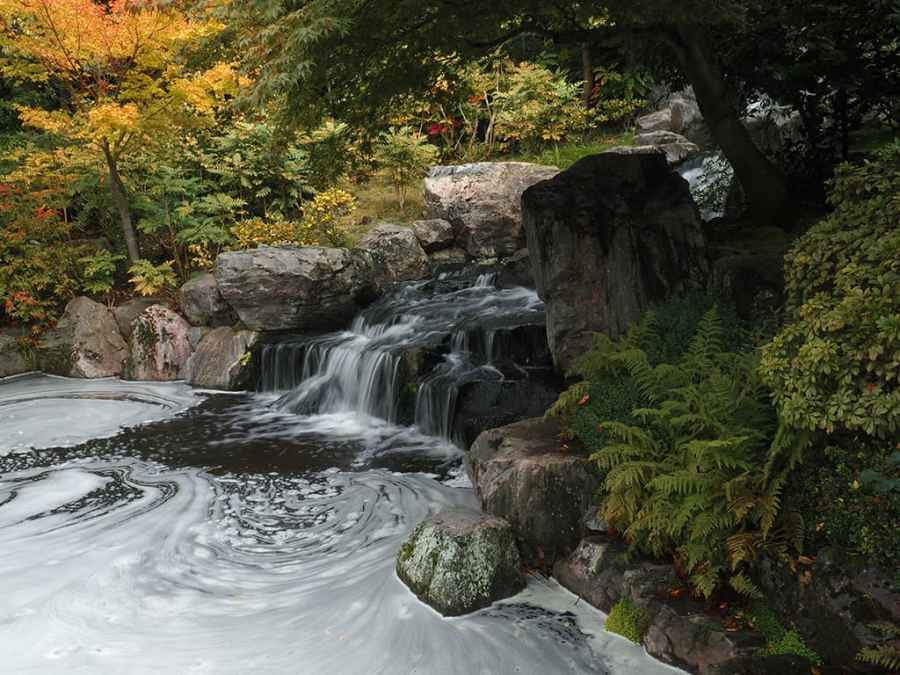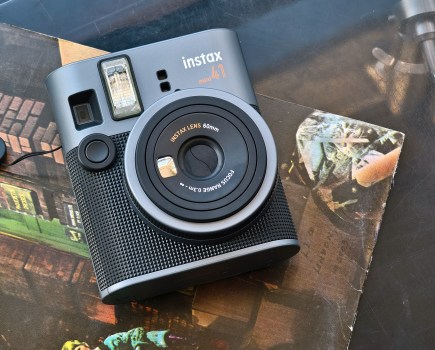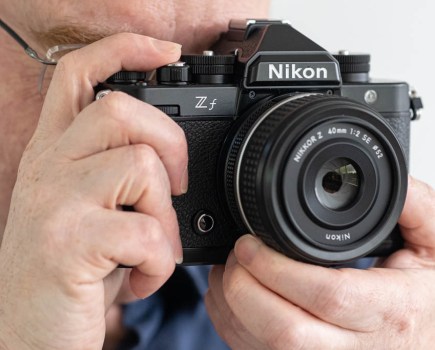Thanks to lens and in-camera stabilisation, a tripod isn’t quite as essential as it used to be, but which camera maker has the best system? Angela Nicholson reveals all as part of our Nobody Does it Better series.
Photography is full of ‘rules’ and guidelines and one of the best known is that you should use a shutter speed that is the reciprocal of the lens focal length to ensure a sharp image that’s not spoiled by camera shake. So with a 100mm lens, for example, you should use a shutter speed of at least 1/100sec.
The switch to digital photography and the popularity of sub-full frame sensors mixed up that guide a bit as suddenly the focal length magnification factor had to be applied. So, for example, instead of saying that you need to use a shutter speed of at least 1/100sec with a 100mm lens, if the lens is mounted on an APS-C format camera with a 1.5x focal length magnification factor, you need to use a shutter speed of at least 1/150sec.
And if a 100mm lens is on a Micro Four Thirds camera, the 2x focal length magnification factor means you need to use a shutter speed of at least 1/200sec to be sure to freeze any camera shake.
However, modern image stabilisation systems chuck all of that out of the window and you can hand-hold many cameras and get sharp images at much slower shutter speeds than was ever possible in the past.
Types of stabilisation system
The first stabilisation systems were lens-based and the Canon EF 75-300mm f/4-5.6 IS USM, which was introduced in 1995, was the first stabilised lens for an interchangeable lens stills camera.
As usual with new technology, it took a while for the concept to bed-in, but there are now many stabilised lenses covering a wide range of focal lengths.
A lens-based stabilisation uses a moveable lens element or group of elements to correct for the wobble created by hand-holding the camera. Its aim is to keep the image exiting the lens at the same point on the film or sensor.
In-body image stabilisation – IBIS
Digital cameras enable an alternative means of stabilisation – sensor-based, often known as in-body image stabilisation or IBIS. Instead of moving a lens element, an IBIS system moves the camera’s sensor to compensate for any movement.
As with lens-based stabilisation systems, IBIS systems use built-in gyros and accelerometers to detect the direction, speed and scale of any movement, plus microprocessors to determine how much compensation movement needs to be made.
A key benefit of in-camera stabilisation systems is that they work with any lens and usually across 5 axes. In contrast, although a lens-based system is designed to work specifically with that lens, it only usually works across two axis.
As a rule, lens-based stabilisation is the best option with long telephoto optics because the elements have a wider range of movement than a sensor which means there’s greater compensation available. However, IIBIS systems enable movement compensation in more directions and they’re especially useful with close-up or macro photography.
The most advanced stabilisation systems available now use in-camera and lens-based stabilisation in tandem. This means that you get the best of both worlds.
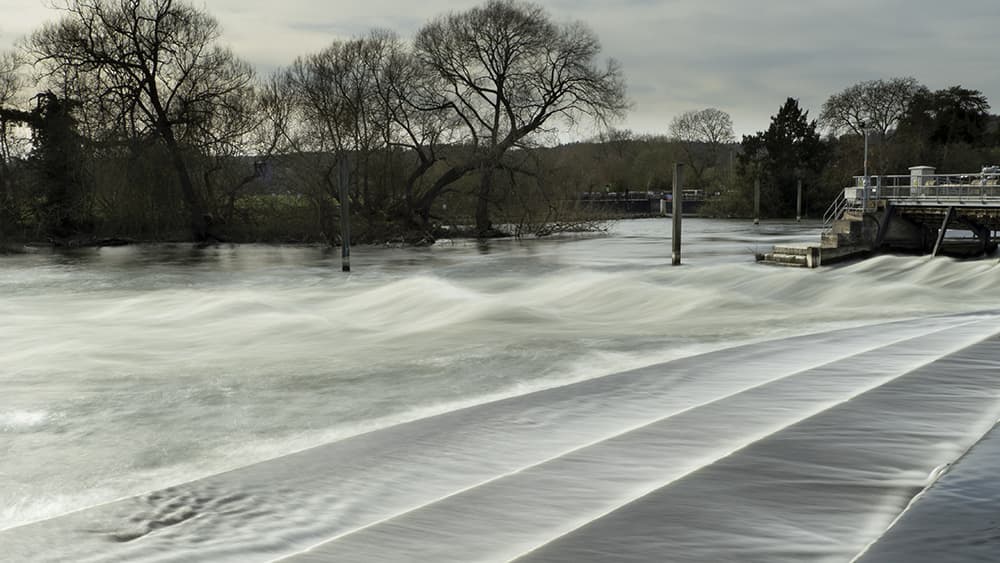
Shot hand-held with 2.5-second exposure on the Olympus OM-D E-M1 Mark III with the 12-100mm f/4 at 16mm (32mm equivalent)
Who makes the best image stabilisation system?
Over the years, lens and camera-based stabilisation systems have improved across the board with higher and higher shutter speed compensation figures quoted. However, I’d advise taking these claims with a grain of salt and doing some testing to find the true figures for you and your lenses.
That said, Olympus is widely held to have the best stabilisation system currently available… so our winner is Olympus/OM Digital Solutions.
Its Micro Four Thirds cameras have sensor-based stabilisation built-in and the OM System OM-1, Olympus OM-D E-M1 Mark III / Mark II, E-M5 Mark III / Mark II, Olympus PEN-F, and E-M1X have ‘Sync IS’ which enables their stabilisation to work in tandem with the image stabilisation in certain Olympus lenses.
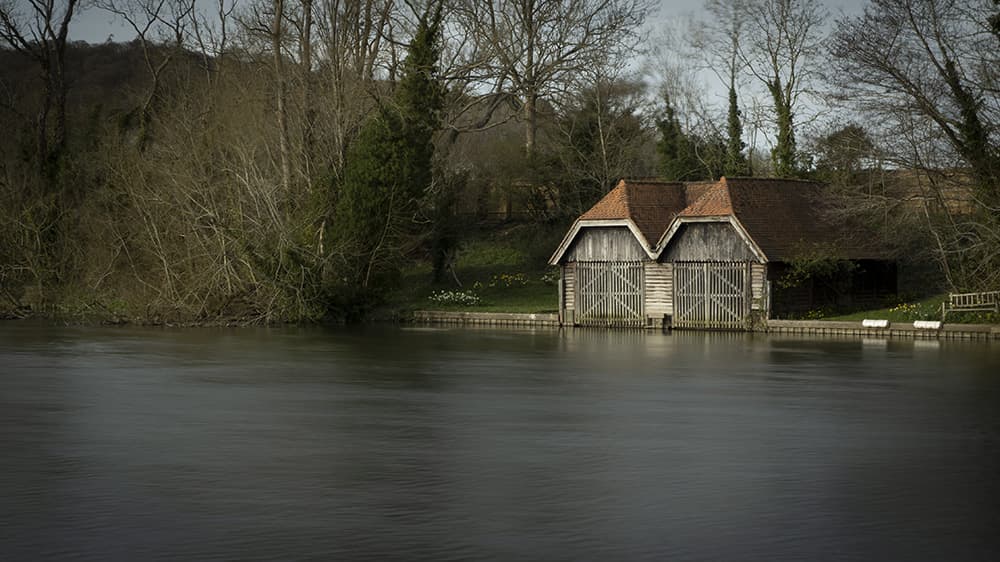
Another hand-held image on the OM-D E-M1 Mark III, this time the exposure was 3.2-seconds long with the 12-100mm f/4 at 28mm (56mm equivalent). It’s smoothed out the choppy looking river nicely.
However, helped by the fact that the Four Thirds type sensors inside its cameras give greater scope for movement than full-frame cameras, even with ‘just’ the in-body image stabilisation, the stabilisation afforded by OM-D series cameras is incredibly good.
For example, I’ve been able to get sharp 3-second hand-held exposures at the 12mm of the 12-100mm f/4 lens. And if there’s a wall or railing that I can rest my elbows on, I’ve got sharp images with 8-second exposures. That’s long enough to blur water without needing to use a tripod.
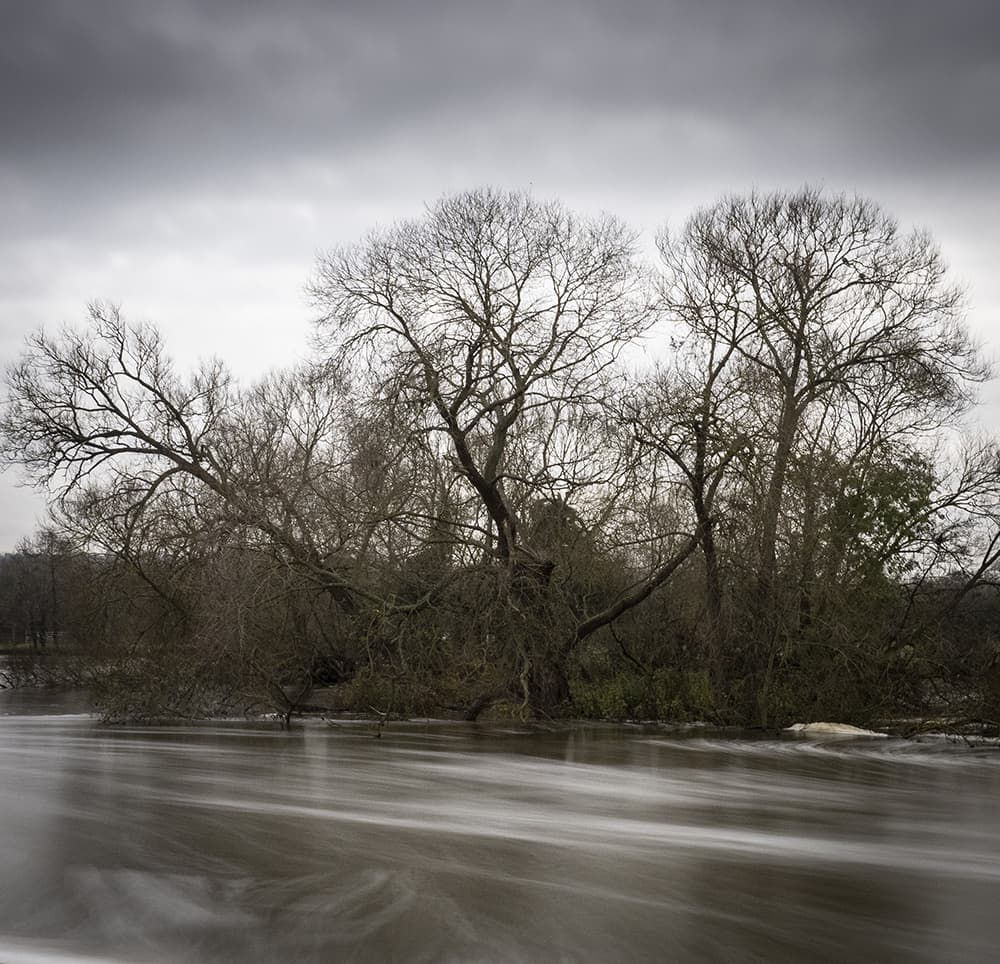
A railing gave some support for my elbows as I shot this 10-second exposure on the OM-D E-M5 Mark III with the 12-40mm f/2.8 at 14mm (28mm equivalent)
Olympus’s stabilisation also works in video mode and it particularly impressed me in the OM-D E-M5 Mark III as I was able to capture watchable footage as I walked upstairs.
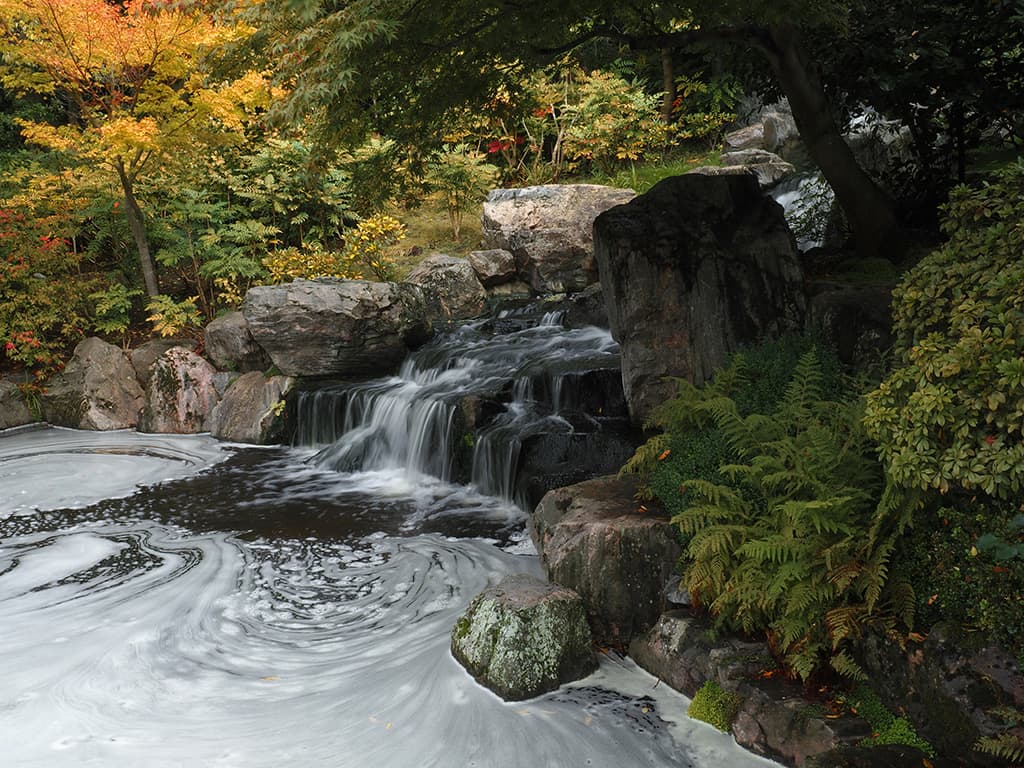
Closing down the aperture to f/22 enabled a shutter speed of 1/5sec at ISO 64, just long enough to blur the waterfall.
Find your safe shutter speed
A little bit of testing will help you ensure that you always get sharp hand-held images. Here’s what you need to do:
- Find a suitable subject that has lots of fine detail you can examine closely to check for blur – a sheet of newspaper Blu-Tacked to a wall works very well.
- Photograph your test subject from the typical distance that you would use with your lens. Start off with a ‘safe’ shutter speed bearing in mind the focal length magnification factor of your camera – 1.5x or 1.6x with APS-C format and 2x with Micro Four Thirds.
- Shoot 10 images – most of them (if not all) should be perfectly sharp.
- Reduce the shutter speed by 1/3EV and shoot another 10 images before reducing the shutter speed again and repeating the process.
- Keep reducing the shutter speed and shooting until it’s obvious that all/most of the images in the sequence of 10 are blurred.
- Examine the images on a computer, beginning with the slowest shutter speed shots. Start by checking each image at screen-size and make a note of how many in each batch of 10 look acceptable, this is your screen-size hit rate out of ten.
- Next zoom into 100% or ‘Actual Pixels’ and check each image again, if necessary, open the images taken at the fastest shutter speed and see how they compare. You may find that some images that looked acceptably sharp at screen-size don’t look acceptable at 100%.
- Make a note of how many images are completely sharp at 100%, this is your absolute hit rate out of 10.
If all of the images you have taken at a particular shutter speed are sharp, you know that you can safely use that for individual shots. You can also use your hit rate to work out approximately how many shots you need to take to be confident of getting a sharp image at slower shutter speeds.
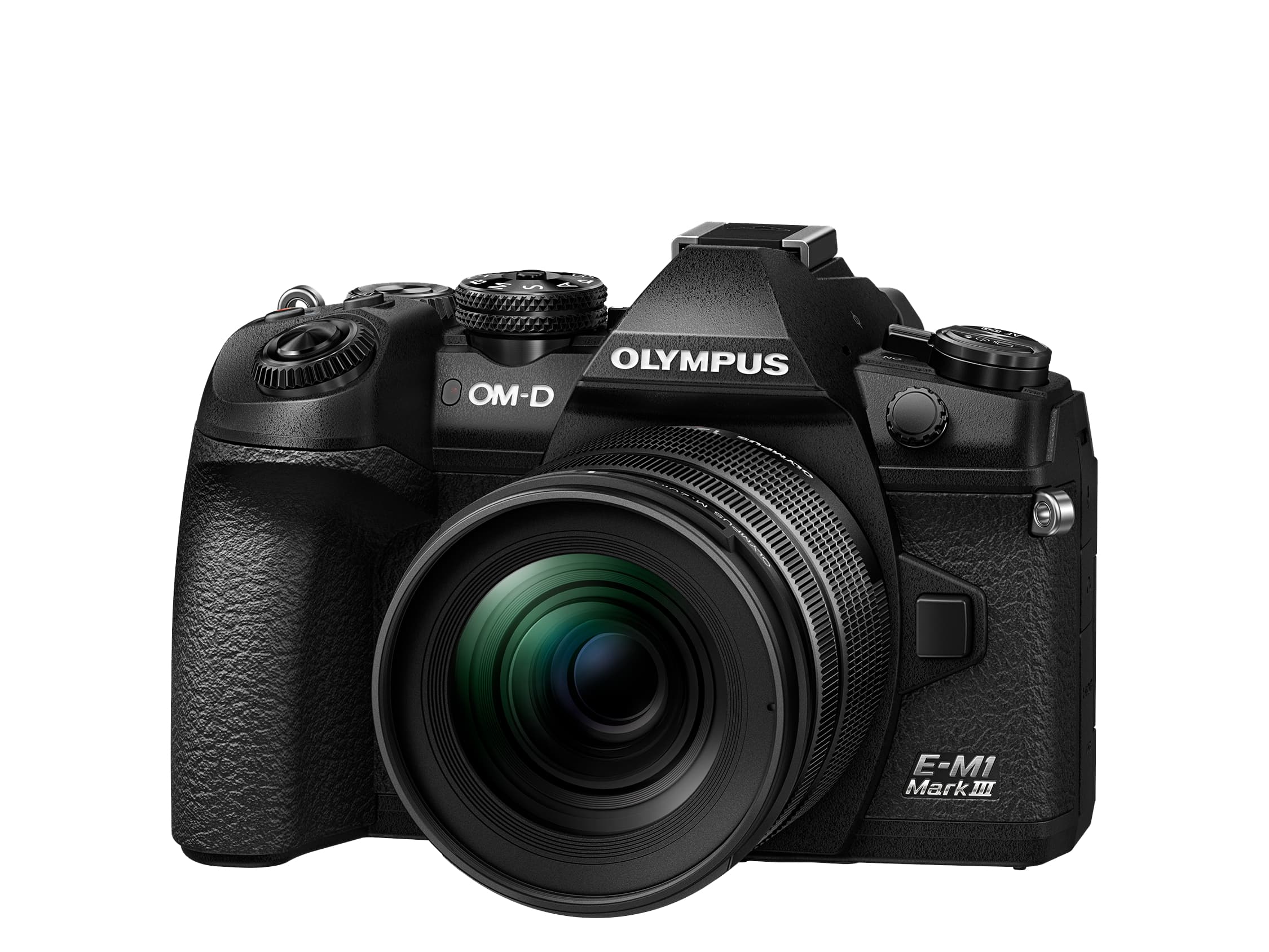
OM-D E-M1 Mark III
For instance, if 5 out of 10 shots taken at 1/5sec are sharp, you know that roughly half of your images are likely to be sharp. So if you take 2 or 3 shots of every scene at that shutter speed, you should be safe. If you only produce 1 sharp image out of 10, you need to shoot at least 10 images to be reasonably confident that you’ve got a keeper.

OM-D E-M5 Mark III

